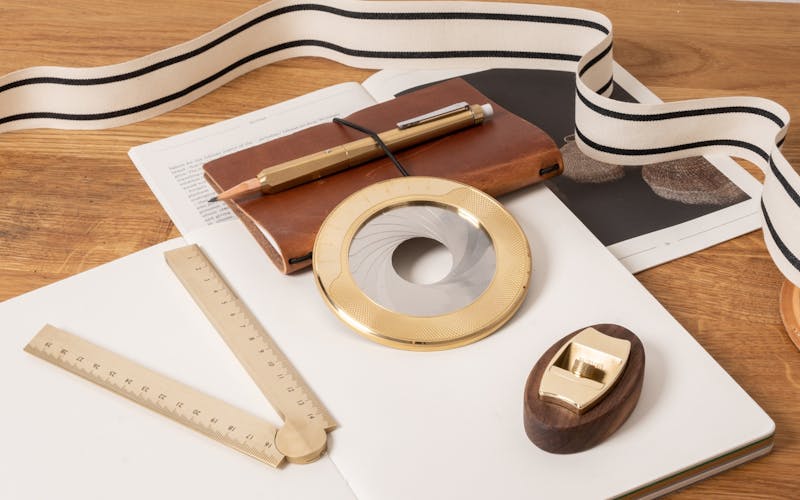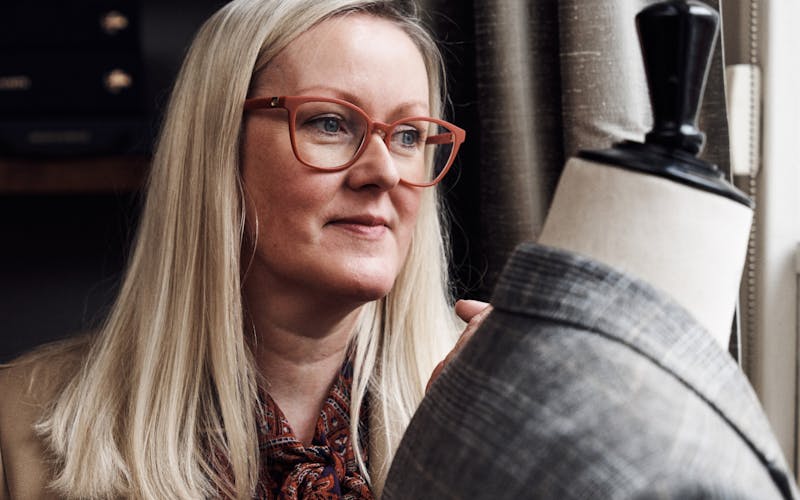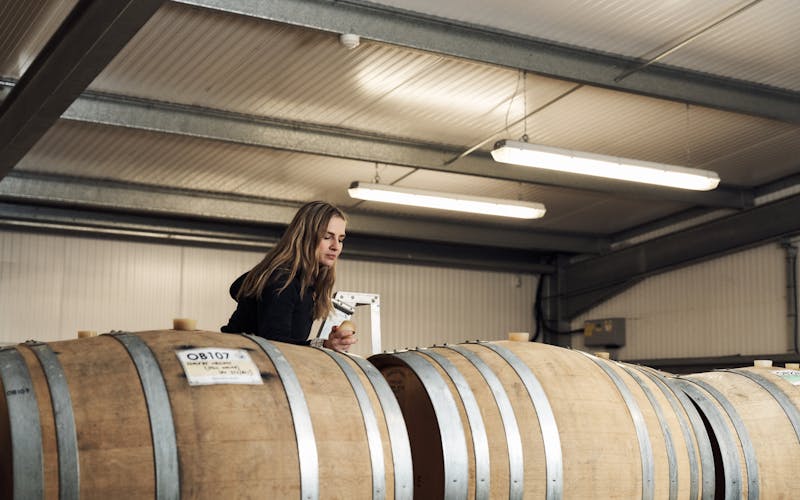
If anyone epitomises the generations of expertise that has made Stoke-on-Trent’s pottery industry world famous, it’s Steve Barker, a Caster at Pollyanna Fine Bone China, which manufactures handmade bone china products for Richard Brendon. From the age of 17, Steve has worked all of his adult life in the business, first at Royal Doulton – for 25 years – then at Wedgwood, and now at Pollyanna. Steve’s task at Pollyanna is to make Richard Brendon’s beautiful, delicate designs a reality, applying skills that date back at least to the 17th century. The process involves pouring liquid clay ‘body slip’ into plaster moulds, ready for casting.
At least, that’s the simple explanation. The slip first has to be made to an exact level of purity and viscosity before it reaches this stage, during which Steve has to ensure he coats the moulds by a precise amount, which can vary depending on each design, ranging from crockery such as plates and cups as well as teapots to more elaborate figurative designs – the area in which Steve first trained with Royal Doulton.
“A lot of the work now is done by machine, not like this,” he says. “You’ve got to watch the time and see how thick it gets. You can’t just take it when you want; the longer you leave it, the thicker it is. You get a knack for it.”
Watching the skill and speed with which he works as he talks, Steve perfectly demonstrates the importance Richard Brendon puts on the fact that every product made has passed through several pairs of hands. “A lot of brands just want machines, they don’t want hand skills,” Steve says. “But then you lose the quality and the knowledge.” As an example of this innate expertise, Steve describes how he might pick up on obvious design flaws that would be missed in mechanised production. “People assume you can’t cast anything solid, but that’s a myth. Sometimes I’ll say, if you don’t make that bit solid, some of the hot water will go up the spout and then you’ll burn your hands! There’s no one between the designer and the machines to say, ‘That’s not going to work’. It’s all about communication.”
Once the clay pieces are carefully removed from their moulds, they go through fettling (the removal of any seams, raw edges or excess clay) before being hand-painted. Each stage requires fine craftsmanship, something that Richard himself is dedicated to keeping alive. “There’s always been incredible creativity in the UK,” he says. “What we can do in Stoke-on-Trent – still – is exceptional. It really is the best quality bone china anywhere in the world. Talking to manufacturers, some say we can’t afford to have apprentices – but you also can’t afford not to have them, because your workforce is pretty much all going to retire within the next ten to 15 years. So the question is how do we support these incredibly high-quality manufacturers that are small businesses so they can start to bring in apprentices?"
Richard feels that a pooling of resources and ideas both within the industry and across the wider luxury sector could be key to sharing best practice. Richard says, “One of our investors was the Chairman of Church’s shoes. Its factory has skill grades, so you work your way up. It’s pretty basic stuff but it’s incredibly difficult for small businesses to figure this out on their own. You could probably put a really good structure in place for them, and then you need funding to make it affordable because, if you’re a small factory, your revenue and profit margins are relatively small. But they are absolutely the right people to be doing the training if you want to get people up to the absolute highest skill level.” Steve, as ever, sees the bigger picture with disarming simplicity. “The solution is you’ve got to have the Government and industry working together on everything, from the smallest manufacturers. If it’s cheap and nasty, it falls apart. People will pay a little extra for quality, because it lasts.”
> Photography by Sam Walton





